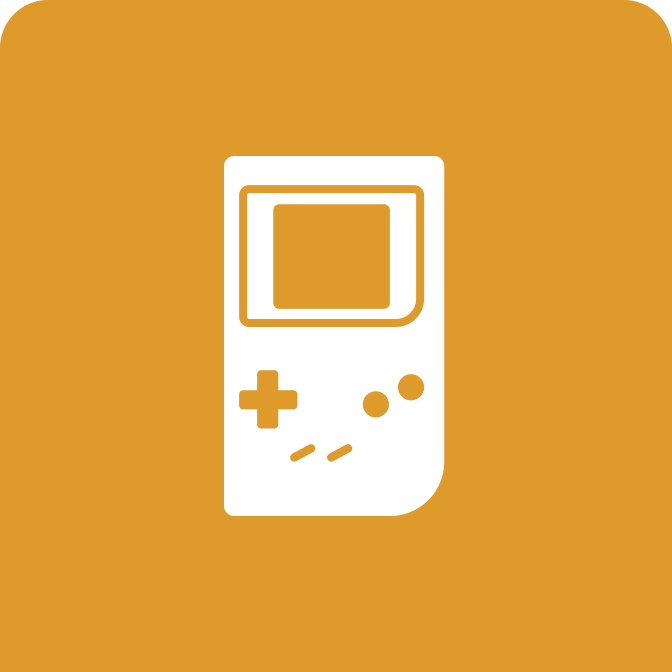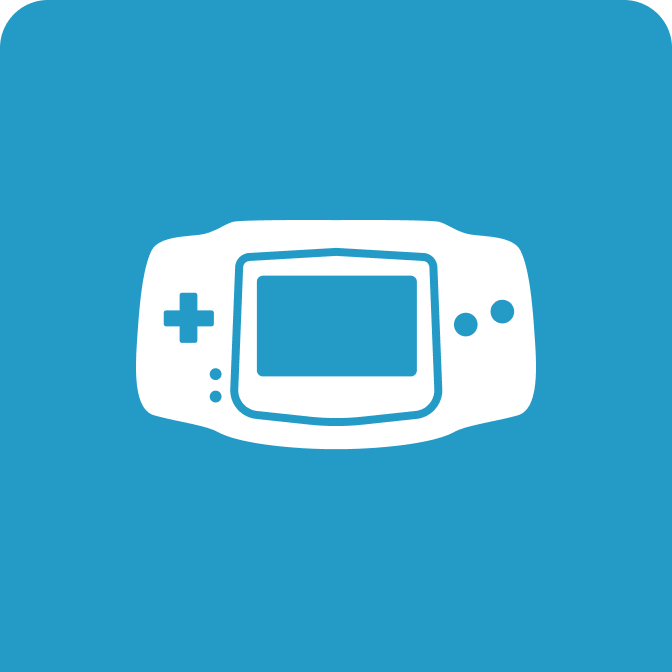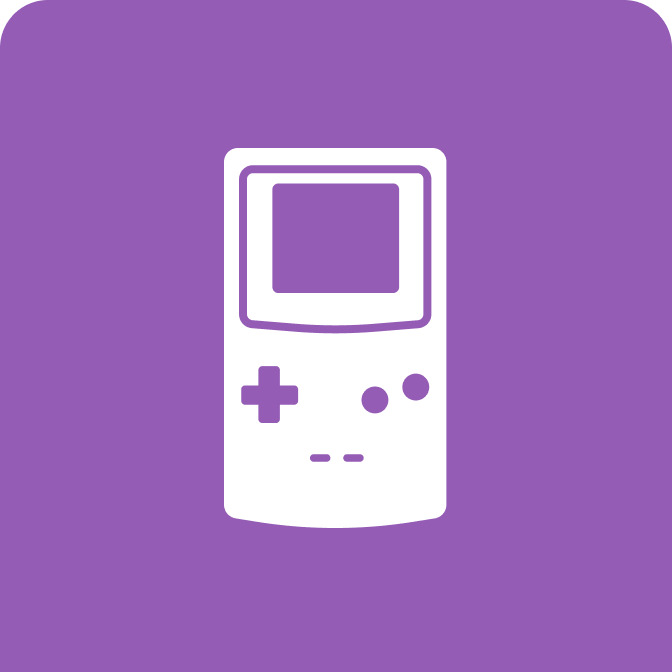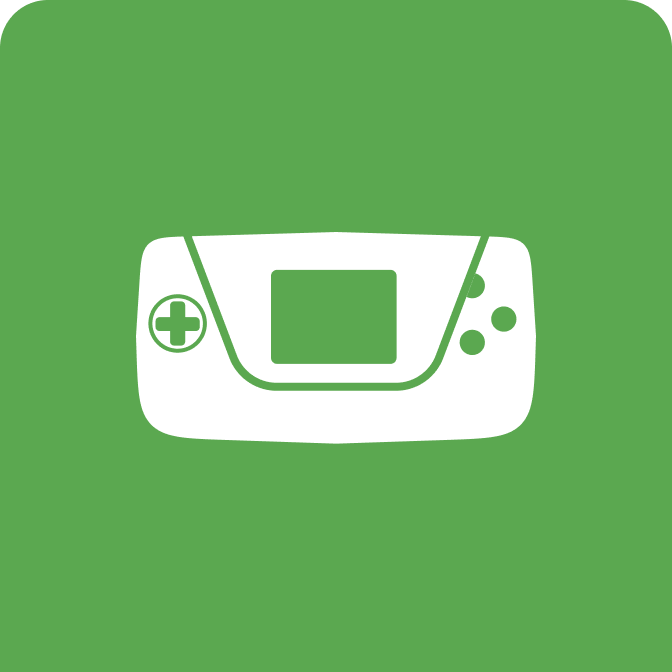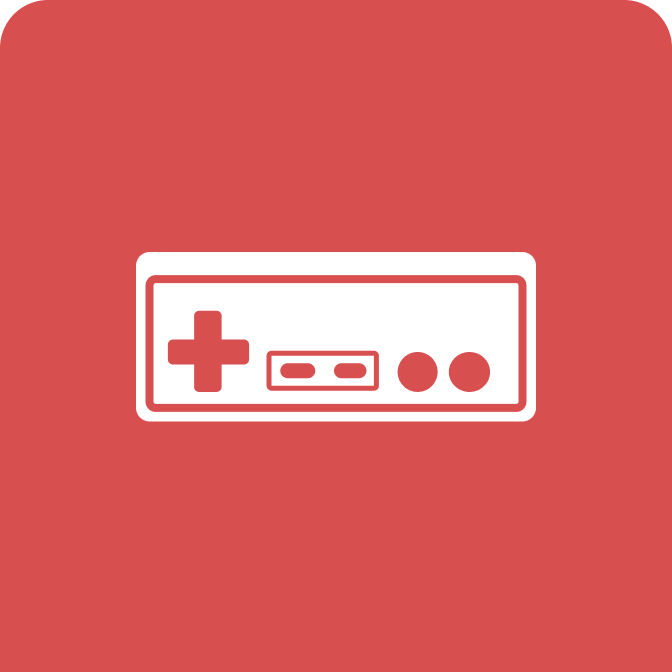Game Boy
帖数:0تعاملی:The Game Boy is a handheld game console developed by Nintendo, launched in the Japanese home market on April 21, 1989, followed by North America later that year and other territories from 1990 onwards. Following the success of the Game & Watch single-game handhelds, Nintendo developed the Game Boy to be more like a portable console, with interchangeable cartridges. The concept proved highly successful and the Game Boy became a cultural icon of the 1990s and early 2000s.
The Game Boy was designed by the Nintendo Research & Development 1 team, led by Gunpei Yokoi and Satoru Okada. The device features a dot-matrix display, a directional pad, four game buttons, a single speaker, and uses Game Pak cartridges. Its two-toned gray design included black, blue, and dark magenta accents, with softly rounded corners and a distinctive curved bottom-right edge. At launch, it was sold either as a standalone unit or bundled with games like Super Mario Land and Tetris.
Despite mixed reviews criticizing its monochrome graphics compared to competitors like the Sega Game Gear, Atari Lynx, and NEC TurboExpress, the Game Boy's affordability, battery life, and extensive game library propelled it to market dominance. An estimated 118.69 million units of the Game Boy and its successor, the Game Boy Color (released in 1998), have been sold worldwide, making them the fourth-best-selling system ever. The Game Boy received several redesigns during its lifespan, including the smaller Game Boy Pocket (1996) and the Game Boy Light (1998). Sales of Game Boy variants continued until 2003.
